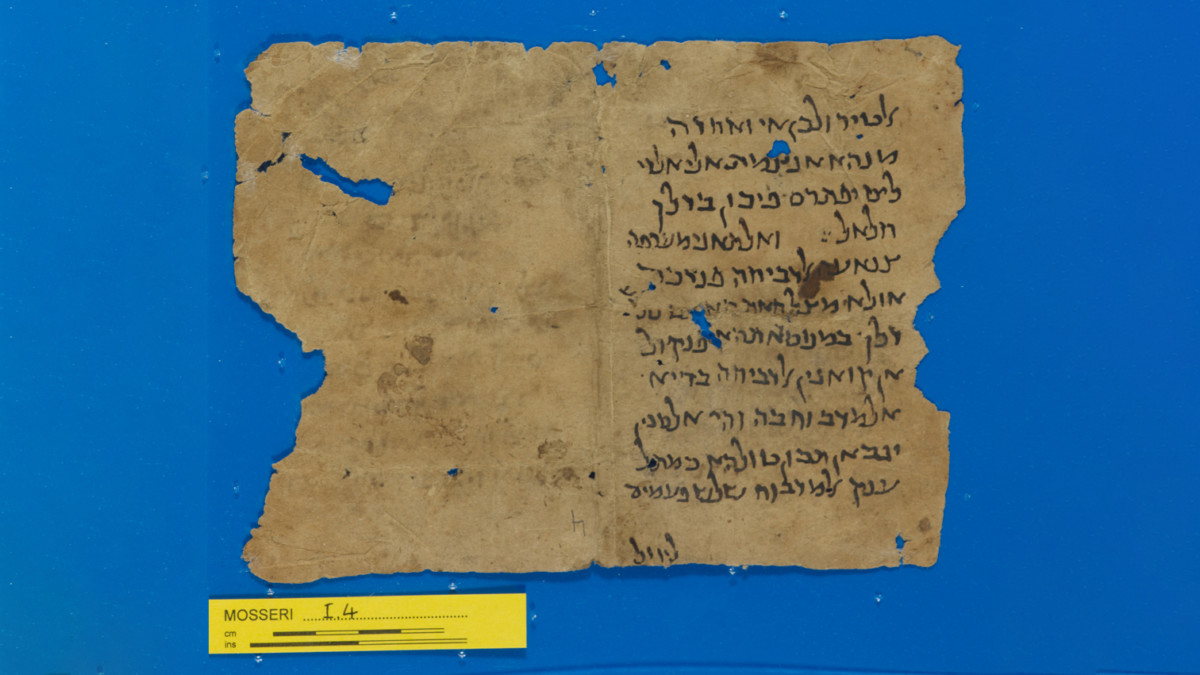Writing Arabic and Persian in Hebrew Script
As a Russian person, I do not find anything special in writing a language in some non-standard script. In the early days of the mobile era, we had to use Latin letters to write Russian SMS. Otherwise, we faced a 70-character limit on each message! But it surprised me to find out that in ancient and medieval times there were Arabic and Persian texts written in Hebrew script!
That happened because of the data limitations of the technology. GSM allocated 140 bytes for each short message. Using only the Latin alphabet and digits expanded the limit to 160 characters. However, for languages with extended alphabets like French or German the limit was equal to the number of bytes. As the Cyrillic letters, as well as Chinese, Arabic and some other, used 2-byte encoding, we were either left with only 70 characters per message or had to write our texts in translit – transliterated from Russian into Latin.
It didn’t work well for all the occasions, however. Some of the Russian sounds and letters are transliterated in a very bizarre way. For example, the word щемящий (meaning that agonizing feeling of the melancholy typical for some of the Russian literary characters) transfers into something like shchemyashchiy. The surname of my wife’s father (Лещинер) may be adapted as Leshchiner, Leschchiner or even Lechtchiner, depending on which phonetical method you prefer. Well, even my own surname was initially scripted in my passport in a ‘French’ manner as Tchijov and later in an ‘English’ way as Chizhov. While in Cyrillic script it is much shorter: Чижов. Not that any of these adaptations are easy to read by a westerner.
In the case of words like mentioned above a l33t-style of writing may have been used as well, turning Chizhov into 4i>|<ov and shchemyashchiy into LLLem9LLLiy. Or something even more bizarre.
In recent history, we’ve seen several rather successful attempts of moving from one script to another. For example, Romania used Cyrillic script until the 1860s, and you may still find many Romanian Orthodox Church texts written that way. Turkish was written using a Turkish form of the Arabic script for over 1,000 years and was reformed by Mustafa Kemal Atatürk in 1928. The Kazakh language used Arabic script, Latin script, Cyrillic script of the centuries. And these days they are considering moving to Latin script once again.
However, these rather modern examples were not the reason why I decided to write this post today.
Judaica Digital Humanities at the Penn Libraries just posted about Scripts & Languages of the Cairo Geniza at their Medium account. And this post is in a way related to all the things I wrote above. They talk about many finds that on the first glance seem to be written in one language (because of the script,) but after a closer consideration appear to be written in another.
As it appears, the Cairo Geniza held not only Arabic texts written in Arabic script or Hebrew texts written in Hebrew script (as well as texts written in some other languages,) but also texts in Arabic, Aramaic, Persian, and some other languages written in Hebrew script.
Even while I have used a similar approach with short messages when I was a bit younger, it never occurred to me that the same thing could have been done by our ancient ancestors.
“[…] as many volunteers have found in sorting the Cairo Geniza, just because something is written in a script does not mean it is written in that language. Through the Talk board tags, knowledgeable volunteers have worked together to identify some of the languages (and other scripts!) that appear in the Geniza.”
Please check the original post for examples and descriptions:
Please Support us on Patreon!
 The minimum level of contribution is only $1 per month.
The minimum level of contribution is only $1 per month.
Moreover, starting with the pledge level of $3, you will get a digitized vintage book about bookbinding, book history, or book arts each month from us!
These pledges help iBookBinding to continue its work and bring more information about bookbinding and book arts to you!


